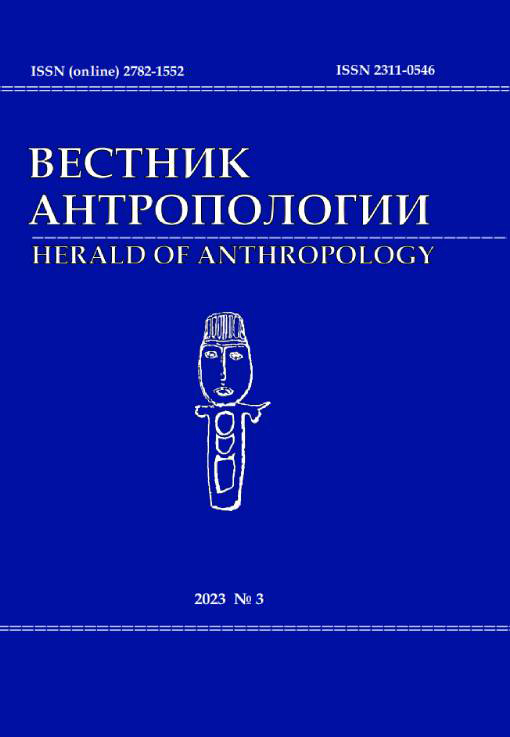Феномен “dalit cinema” и репрезентация низкокастовых сообществ в кинематографе Индии
DOI: 10.33876/2311-0546/2023-3/215-228
Ключевые слова:
“dalit cinema”, индийский кинематограф, далиты, авторское кино, Б. Р. АмбедкарАннотация
Кинематограф Индии является не только многомиллионной развлекательной индустрией, но и отражением актуальных социокультурных процессов. Кастовая система – уникальный феномен южно-азиатской культуры – не могла не найти отражения в киноискусстве. Особый интерес в репрезентации кастовой идентичности представляет феномен низкокастовости. Фильмы, посвященные теме низкокастовых сообществ, начинают появляться в массовом кинематографе, начиная с 30-х гг. ХХ в., однако более детальную проработку эта тема получает в так называемом параллельном (авторском кино), расцвет которого приходится на 70–80-е гг. ХХ в. В отличие от массового кинематографа, авторское кино рисует образы представителей низких каст без прикрас, в фильмах этой категории нередко поднимаются проблемы насилия, эксплуатации, эмансипации женщин и т.д. В статье проведен анализ способов репрезентации образов членов низкокастовых сообществ в индийском кинематографе ХХ–ХХI вв. в контексте смены парадигмы от эскапизма до реализма. Также в работе рассмотрены последние тенденции, такие как возникновение феномена “dalit cinema” – кино снятого режиссерами, выходцами из низких каст для зрителей из низких каст.






















